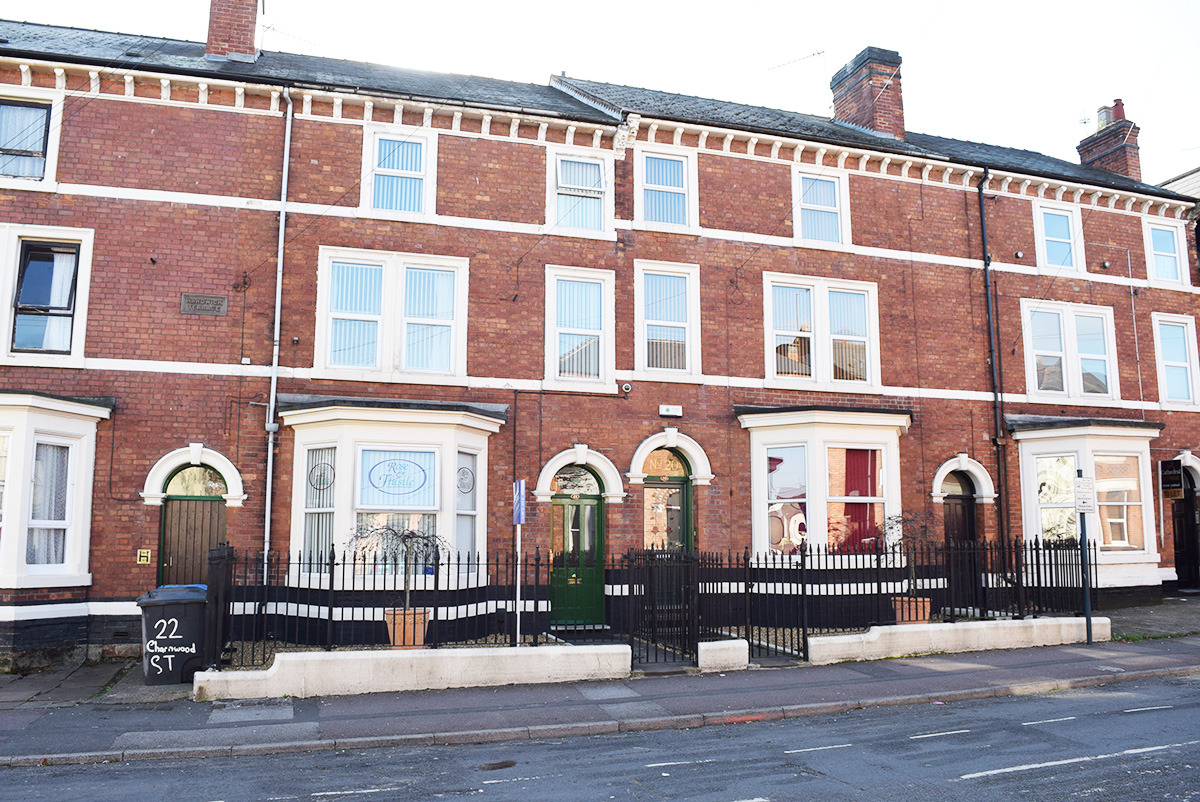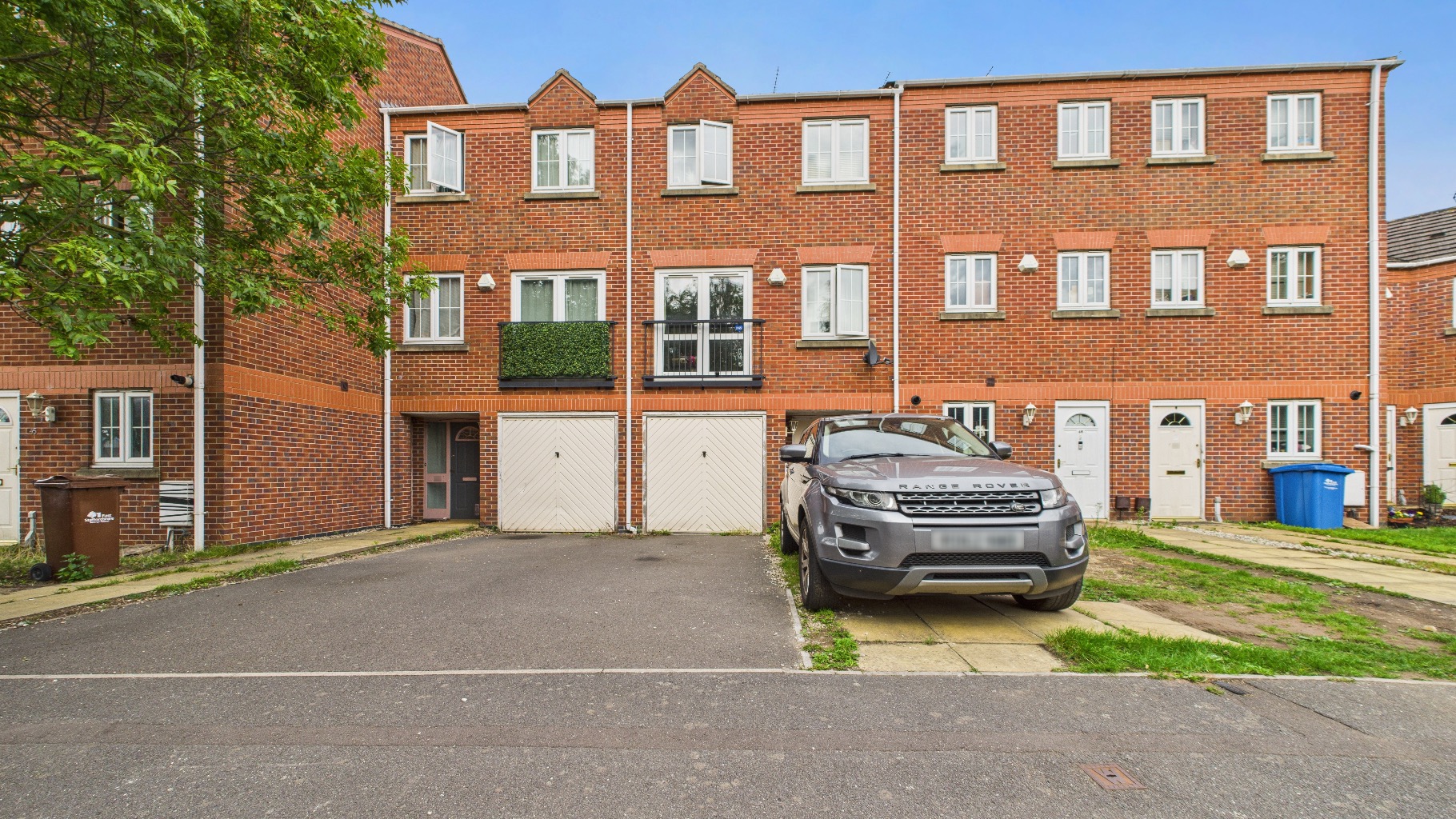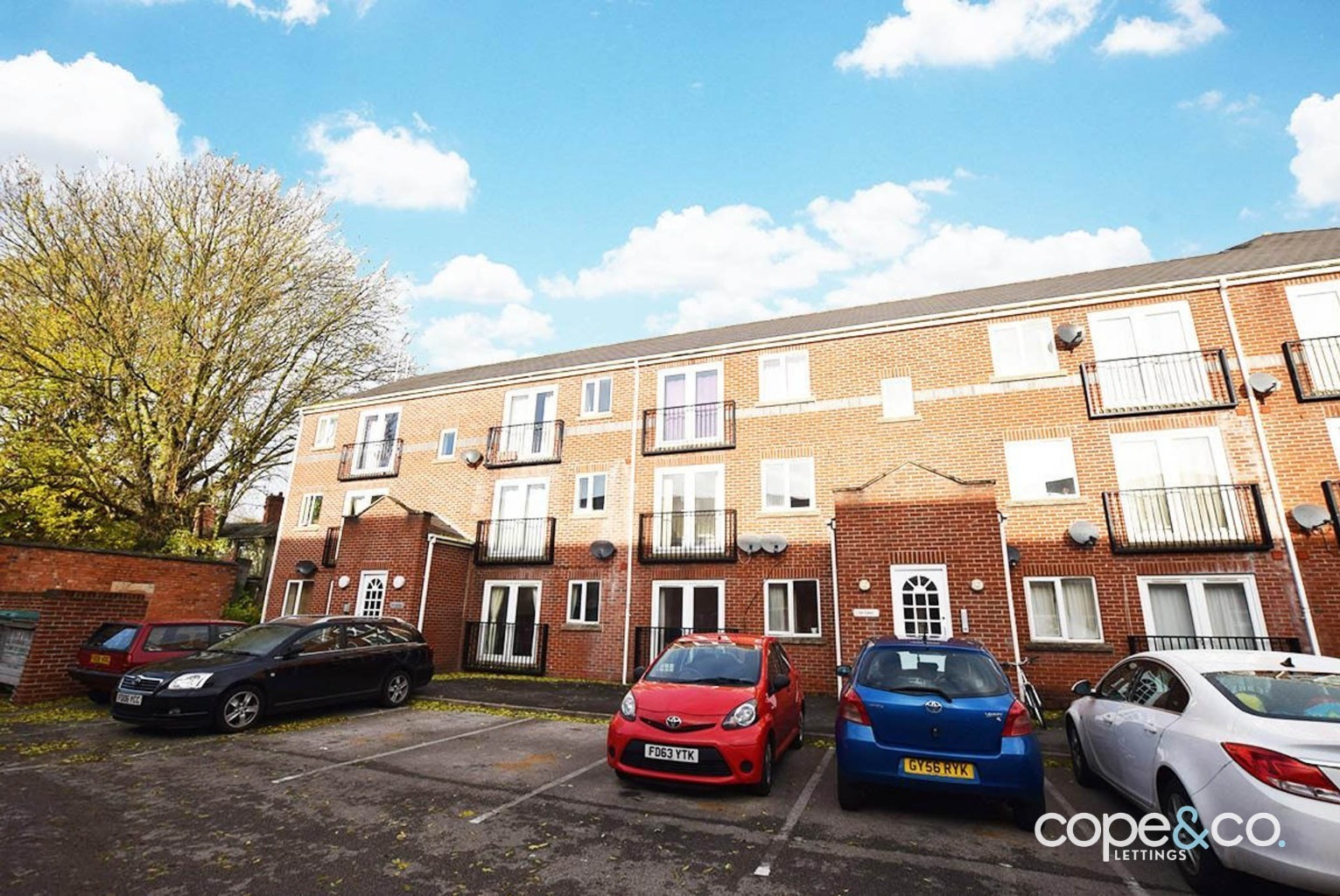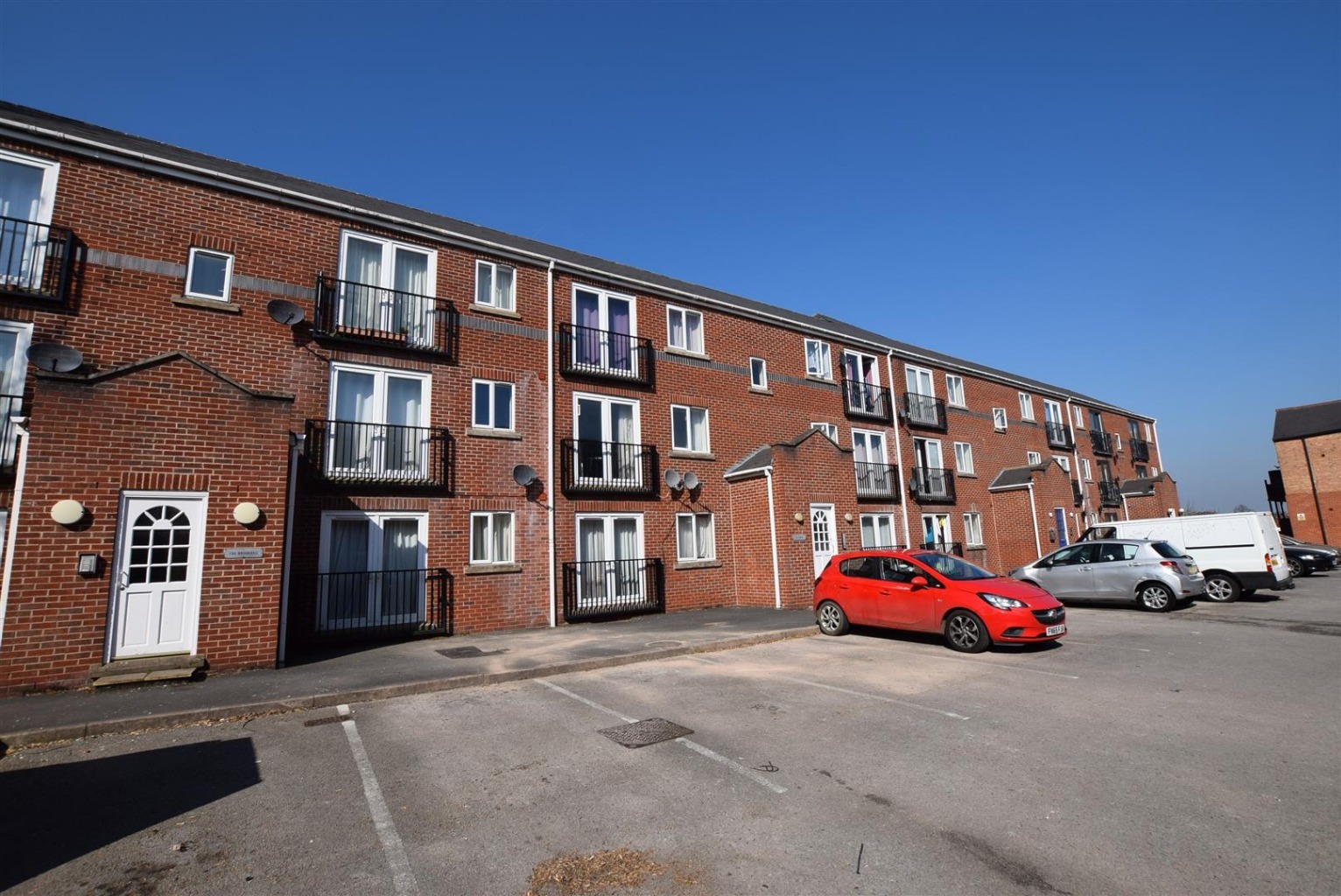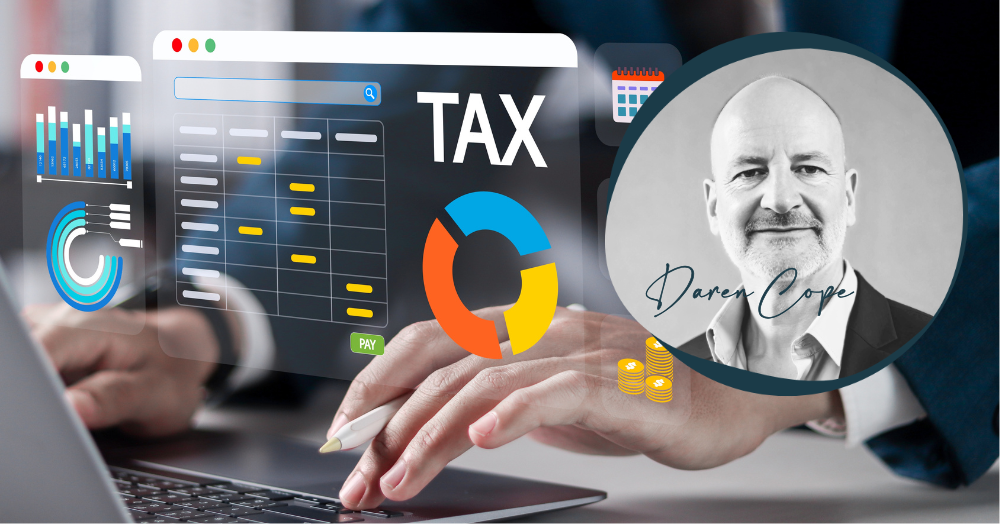
Making Tax Digital for Landlords: Your Essential Guide to Staying Compliant and Stress-Free
Making Tax Digital (MTD) is coming – and it’s set to change how landlords report rental income. Gone are the days of shoebox receipts and last-minute January panic. MTD means that landlords will be reporting to HMRC every quarter with a final submission at the end of the tax year. However, don't stress - we're here to help you cope...
Are you a landlord feeling a bit overwhelmed by the upcoming changes with Making Tax Digital (MTD)? You're not alone. This guide cuts through the jargon to explain exactly what MTD means for you and how to prepare.
Imagine you're a landlord, diligently managing your properties, when suddenly, new tax legislation appears on the horizon. It's called Making Tax Digital, and for many, it sounds like another layer of complexity. But what if understanding it could actually simplify your life and keep you firmly on the right side of HMRC?
What Exactly is Making Tax Digital (MTD)?
From April 2026, the way landlords handle income tax is changing. Making Tax Digital for Income Tax (MTD for IT) will replace the old once-a-year routine with a modern system of digital record-keeping and quarterly submissions to HMRC. Already in place for VAT businesses, it’s now landlords’ turn to adapt.
The goal is to make tax administration more efficient, more effective, and easier for taxpayers to get their tax right. For landlords, this primarily means a shift from annual self-assessment tax returns to digital record-keeping and quarterly updates of income and expenses to HMRC, using MTD-compatible software.
What Are the Income Thresholds for MTD?
Making Tax Digital for Income Tax (MTD for IT) has been pushed back more than once, but the rollout is now firmly set to begin in April 2026. The delay was designed to give landlords and businesses extra breathing space to get ready - and the transition will happen in stages.
April 2026: Landlords and self-employed with income over £50,000 must comply.
April 2027: The threshold drops to £30,000.
April 2028: It reduces again to £20,000.
This phased approach gives landlords time to adjust, test systems, and ensure a smoother switch to digital tax reporting.
Which Income Sources Count Towards MTD?
When HMRC looks at whether you qualify for Making Tax Digital for Income Tax (MTD for IT), it isn’t just one source of income they consider. The threshold (e.g. £50,000 from 2026) is based on the total gross income you earn from the following:
1. Property Income
✅ Rental income from residential or commercial properties in the UK.
✅ Income from overseas properties.
✅ Furnished holiday lettings.
✅ Rent from rooms in your own home.
2. Self-Employment Income
✅ Income from sole trading businesses.
✅ Earnings from side businesses or other freelancing work.
3. Combination of the Above
If you have both rental income and self-employed income, HMRC adds them together to see if you cross the threshold. For example:
£30,000 in rental income + £25,000 from a self-employed business = £55,000 total → MTD applies from April 2026.
What’s Not Included?
❎ Income solely from PAYE employment.
❎ Pensions.
❎ Savings and investment income.
❎ Dividends.
These don’t count towards the threshold for MTD, though you may still need to declare them separately on your tax return.
Could This Be Costing You Money or Peace of Mind?
The biggest pitfall for landlords is often a lack of preparation. Sticking to manual records or outdated spreadsheets will not be compliant with MTD. This could lead to penalties, errors, and a lot of last-minute panic. The good news is, there are clear, practical steps you can take to ensure a smooth transition.
The core of MTD for landlords revolves around digital record-keeping and submitting quarterly updates. Here are the methods you can use:
1. MTD-Compatible Software
This is the primary method HMRC expects landlords to use. MTD-compatible software allows you to:
Digital Records: All your income and expenses must be recorded digitally. This means no more shoeboxes full of receipts!
Submit Quarterly Updates: Instead of one annual return, you'll send summaries of your income and expenses to HMRC every three months.
Finalise Your Tax Position: At the end of the tax year, the software will help you finalise your income and expenses, make any necessary adjustments, and submit your final declaration. There will effectively be 5 submissions per year.
Many popular accounting software packages are already MTD-compatible, such as QuickBooks, Xero, and FreeAgent. Some are specifically designed for landlords. Researching and choosing the right software now will give you ample time to get familiar with it.
2. Bridging Software
If you currently use spreadsheets to manage your finances, bridging software can act as a link between your spreadsheet and HMRC. This software doesn't replace your spreadsheet but allows you to extract the necessary data and submit it in an MTD-compliant format. This can be a good interim solution if you're not ready to fully switch to a new accounting package, but it's often seen as a temporary measure rather than a long-term strategy.
3. Through Your Accountant
If you already use an accountant, chances are they’re preparing for MTD on your behalf. Many will simply ask you to provide your records digitally (spreadsheets, scanned invoices, or access to your bank feed) and then file the updates for you. Many landlords choose to work with an accountant or an estate agent who offers MTD services.
Advise on Software: Help you choose and set up the most suitable MTD-compatible software for your portfolio.
Manage Submissions: Handle your quarterly updates and final declarations on your behalf, ensuring accuracy and compliance.
Offer Expert Guidance: Provide clarity on complex tax rules and help you optimise your property finances.
4. What Cope & Co. Can Do
For every property that we manage for landlords, we can produce a periodic Landlord Statement that details all income and expenditure itemised for each individual property. Landlords can simply forward this to their accountant OR extract the total figure to insert into their quarterly MTD submissions.
Why Act Now?
While the MTD deadline has shifted, the principle remains: digital record-keeping is coming. Getting ahead means:
Reduced Stress: No last-minute scramble to get your affairs in order.
Fewer Errors: Digital systems can reduce manual mistakes.
Better Financial Overview: Real-time data helps you make smarter business decisions.
Compliance Confidence: Peace of mind knowing you're meeting your legal obligation.
Not Sure What This Means For You?
Making Tax Digital isn’t something landlords can ignore. While it may feel like more admin, the truth is that MTD can help you run your property portfolio with greater clarity and foresight. By embracing digital record keeping now, you’ll avoid the last-minute rush when the deadlines arrive.
And if it all feels like one more layer of red tape on top of EPC changes, the Renters’ Rights Bill, and everything else - remember you don’t have to go it alone. A letting agent that’s switched on (like us at Cope & Co.) can guide you towards the right tools, accountants, and systems so you can focus on what matters: running your properties profitably and stress-free.
TOP TIP
💡 If you own multiple rental properties managed by different agents, consider consolidating under one roof. Not only can this streamline communication and reduce admin headaches, but when MTD arrives, having your figures all in one place will make reporting far easier.


